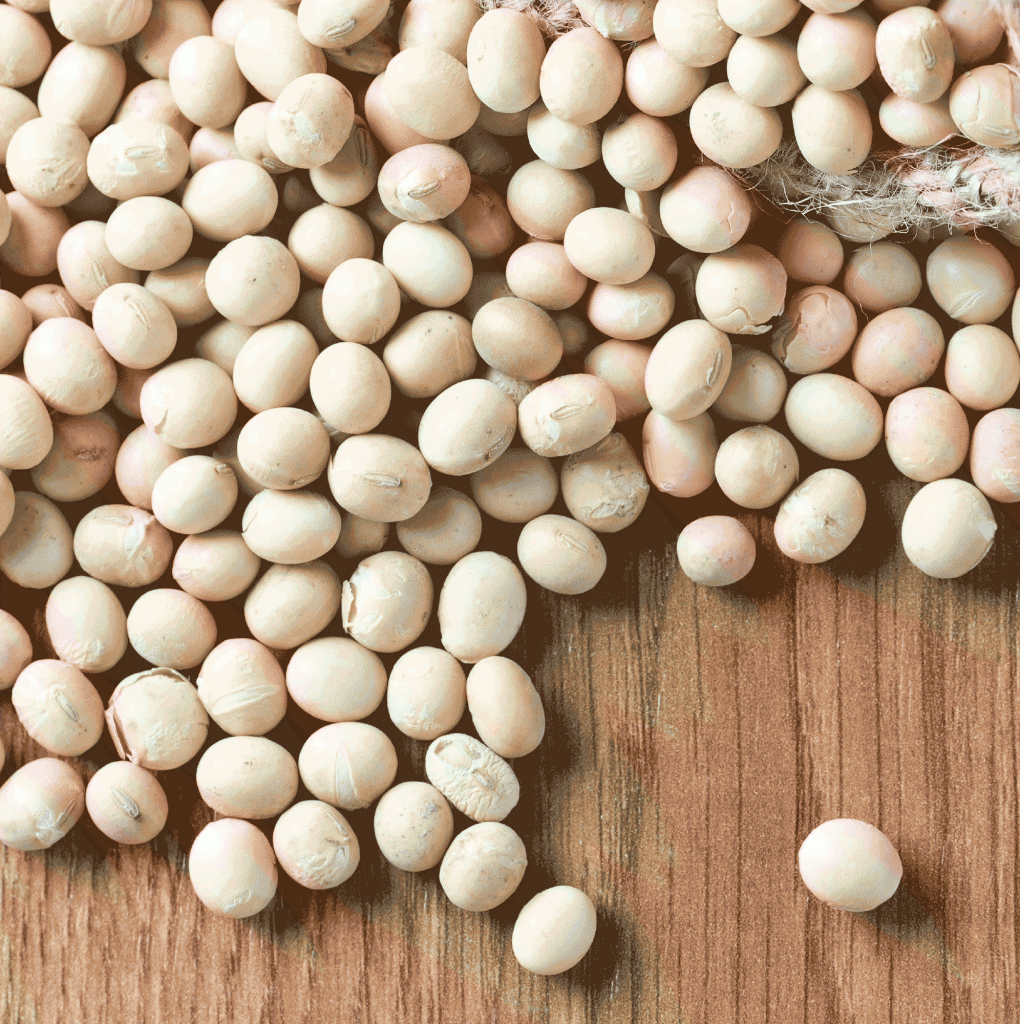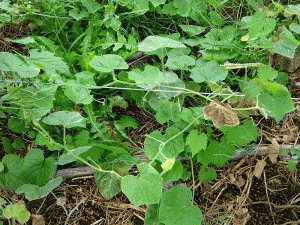Endocrine disruptor legislation
INDUSTRY FIGHTING TIGHTER REGULATIONS

THE EUROPEAN COMMISSION has proposed new evaluations for endocrine disrupting substances which threaten to significantly impact the future import of agricultural products grown in North America.
Industry representatives warn that the new legislative process currently being considered by the European Commission has the potential to greatly impede Canadian farmers’ market access, should endocrine disruptors become a new regulatory target.
In 2002, the World Health Organization defined an endocrine disruptor as a substance or mixture that alters the function of the endocrine system and consequently causes adverse health effects. Since the endocrine system produces hormones which regulate physiological functions within the human body, including metabolism, growth, and sexual function, anything that can affect the endocrine system, may produce negative impacts. Although a press release issued by the European Commission in June suggests future legislation will target synthetic substances found in plant protection products and biocides, among other things, endocrine disruptors are readily found in nature.
HARMFUL?
Caffeine and sugar both have the ability to act as endocrine disruptors. Soy proteins are also naturally high sources of isoflavones, selective estrogen receptor modulators which have been described as endocrine disruptors in the past. Much of the research investigating the effects of isoflavones has been conducted on animals so far, so the full impact on human health is not entirely clear. Concerns have been largely expressed regarding the potential impact on male hormones and fertility, but no conclusive evidence to support these theories has been found in human studies. No adverse side effects on human thyroid function, another popular consumer concern, have been clearly proven to date either.
CropLife Canada asserts that although many of these substances are indeed endocrine active, that doesn’t necessarily make them harmful or “disruptive”. It’s the potency of the substance and the level of exposure to them that matters, which is true for all chemicals including crop protection products. Pierre Petelle, vice-president of chemistry for CropLife Canada, notes that regulating these substances based on their ability to interact with the hormonal system alone, could potentially result in bans that are based on doses which people would never realistically be exposed to.
“Human exposure to crop protection products is orders of magnitude lower than exposure to common endocrine active substances like caffeine, sugar, soy protein, painkillers, and some plastics,” Petelle states. “If Europe chooses to go the route of banning crop protection products using these endocrine disruptor criteria, it will significantly hamper European farmers’ ability to grow food and it would become a very challenging export market for many Canadian commodities grown using Health Canada approved products.”
DATA SCRUTINY
Presently, the selection of chemical substances to be screened includes 2-4D, Captan, Dicamba, Malathion, MCPA, and glyphosate, just to name a few. The impact assessment released by the European Commission clearly states that these particular chemicals were chosen not because they’re necessarily suspected endocrine disruptors but because there is good availability of data for scrutiny. The Commission also indicates that new regulatory framework will not replace the current system in any way but will be conducted in addition to the present, ‘hazard based’ regulatory assessments.
Tyler Bjornson, president of the Canadian Grain Council, is particularly concerned by this move away from ‘hazard based’ assessment to ‘risk based’ assessment.
“The EU is saying anything that affects the endocrine system is bad, and therefore should be banned but the reality is, there are many things, both natural and synthetic, that have an effect on the endocrine system. What we should be concerned about is whether or not those effects would result in adverse impact on human health and safety,” he explains. “If something is an endocrine disruptor and placed on a list to be banned, the only way that it can get off the list of being banned is if you apply to do a further risk assessment. So you can see where the EU will have a very interesting time determining what is ‘good’ or ‘bad’ and it exposes us on the trade side to political intervention.”
Bjornson says the concern for grain farmers in Ontario first and foremost should be the fact that soybeans themselves may become subject to legislative scrutiny. The secondary concern would be the potential impact this proposal many have on chemistry product residue import tolerances. Because the drafted legislation could become effective as soon as early spring 2017, he says farm associations are wasting no time in responding on behalf of their producer memberships. •























